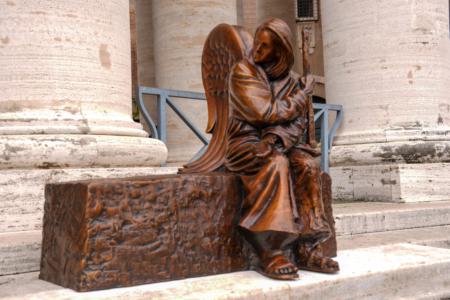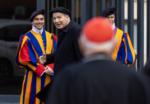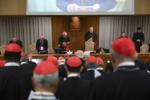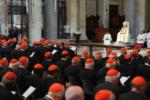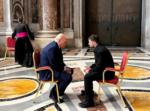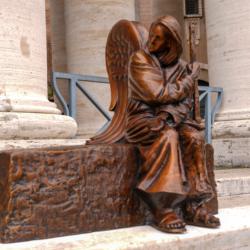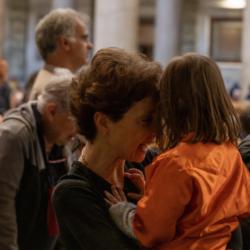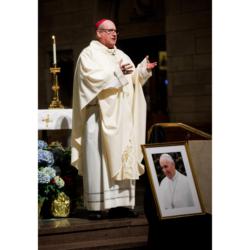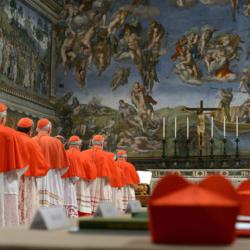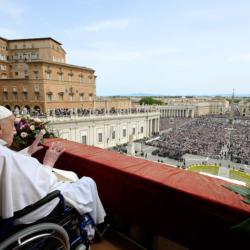Great graces
A dogma is proclaimed to affirm a truth that is proposed for belief by the faithful. It does not mean that the Church “creates” a new truth. Instead, it solemnly affirms something that is part of God’s public revelation and, in many instances, has long been held as truth by many of the faithful.
That was the case with the dogma of the Immaculate Conception of Mary. It affirms that Mary, the Mother of Jesus, was free from original sin from the very beginning of her life, in anticipation of her role as mother of Christ. That privilege was given to her in view of Christ’s future merits.
The Church teaches that the belief of the Immaculate Conception of Mary was handed down by the apostles to the Church as part of the deposit of the faith, although its importance and significance may not have been fully understood by the first Christians. Indeed, the special holiness of Mary was believed since the early Church, although her Immaculate Conception was the subject of debate for many centuries.
In the 15th century, after many heated disagreements among the faithful, Pope Sixtus IV prohibited those on each side of the issue from proclaiming the opposing view heretical. That decision led to an expansion of the devotion throughout Europe, particularly in Spain. The Spaniards, in turn, incorporated that that belief into their evangelization of the newly discovered lands of Latin America.
Meanwhile, theologians continued discussing the implications and the reality of that devotion for centuries.
Popular devotion and theological reflection eventually led to the official proclamation of the dogma in 1854 by Pope Pius IX — after a miraculous event added force to the argument of those who advocated for it.
The Blessed Virgin appeared to St. Catherine Laboure, a Daughter of Charity, in 1830. In that apparition, the Virgin stood upon a globe, crushing a serpent beneath her feet. Appearing around her was the prayer “O Mary, conceived without sin, pray for us who have recourse to thee.”
The Virgin then turned around revealing an “M” topped by a bar and a cross. Beneath the letter there appeared the sacred hearts of Jesus and Mary, one crowned with thorns, the other pierced with a sword. Twelve stars encircled her.
St. Catherine was told by a voice to have an image of Mary, as seen in the apparition, struck into a medal that should be worn around the neck. The voice said “All who wear it will receive great graces.”
In another miraculous apparition of Our Lady, four years after the proclamation of the dogma — and in an apparent confirmation of it — she told St. Bernardette Subirous in Lourdes, “I am the Immaculate Conception.”
Devotion to the Immaculate Conception of Mary was also present among the first U.S. Catholics. In the sixth Provincial Council of Baltimore in 1846 — eight years before the official proclamation — the Immaculate Conception of Mary was made the patronal feast of the United States.
As we celebrate the 150th anniversary of the proclamation of the dogma of the Immaculate Conception of Mary, we encourage our readers to turn to her and pray for the Church in the United States, and particularly for the Church in Boston. We are in urgent need of those “great graces.”
